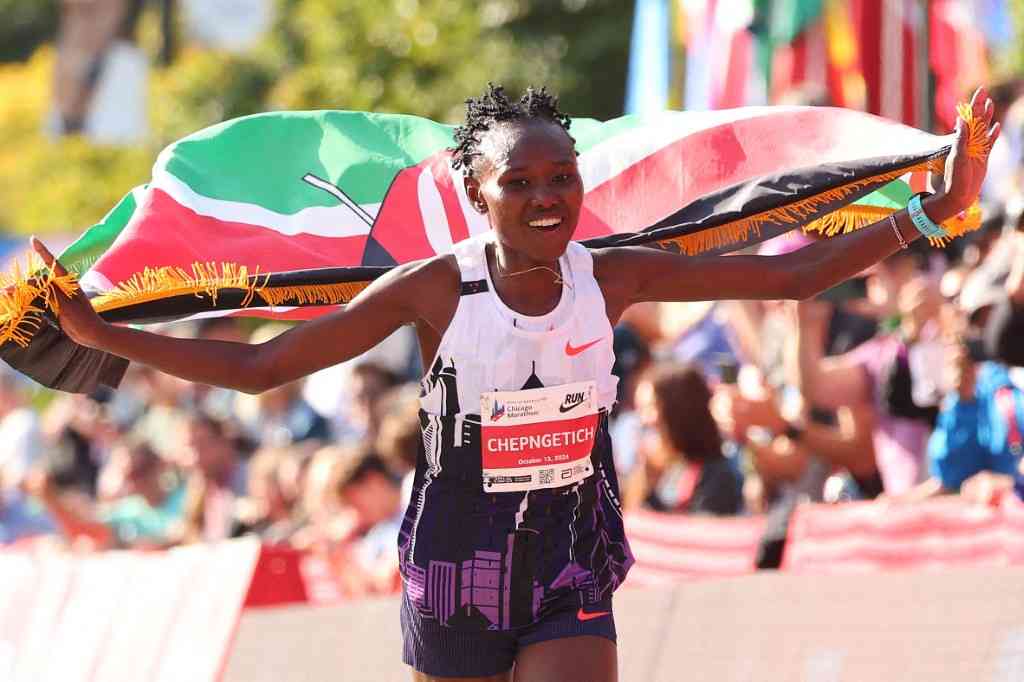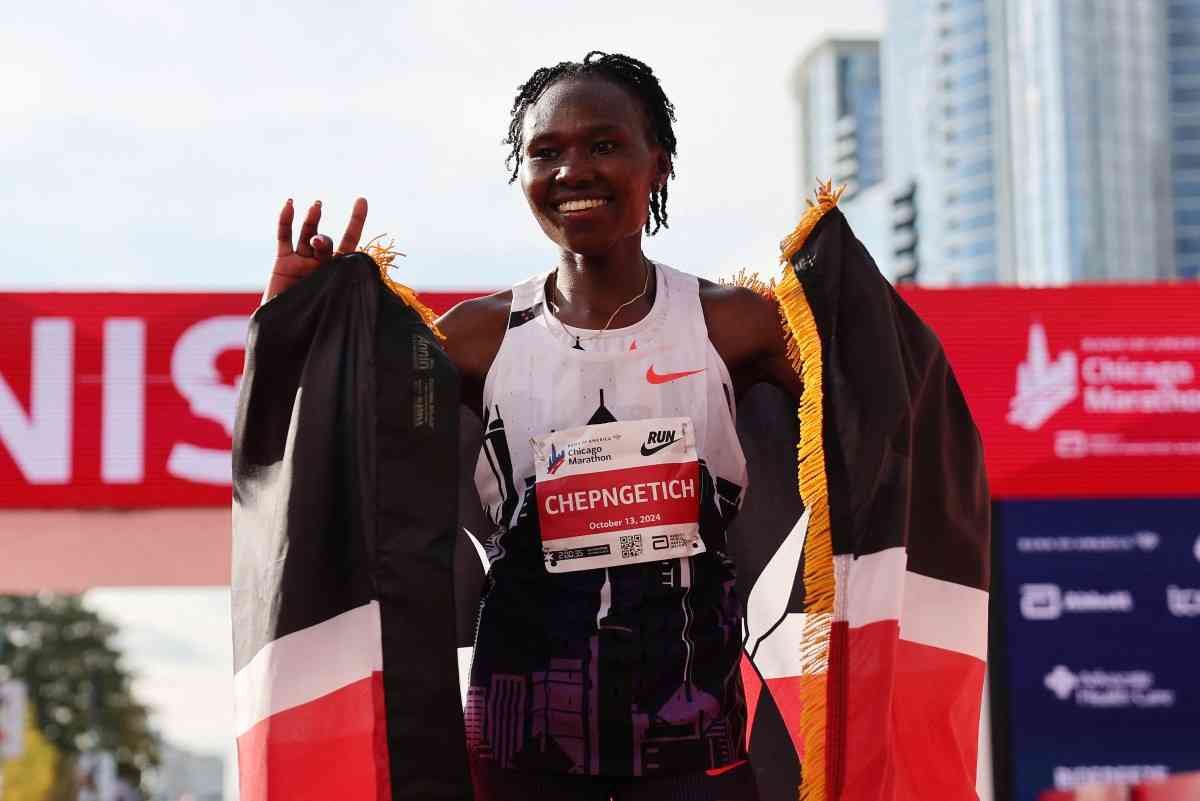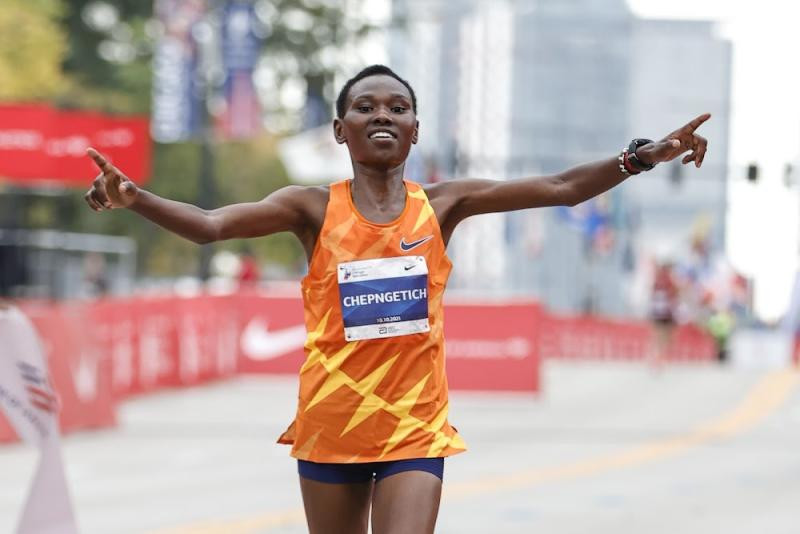Imagine if you were born without any arms. How would you put on your make-up, text your friends, or eat with a knife and fork? Linda Bannon, 36, has never let her disability hold her back.
Well, it hasn’t stopped 36-year-old Linda Bannon doing all of that. Born with the rare genetic disorder Holt-Oram syndrome, which affects the heart and causes skeletal abnormalities, Linda used prosthetic limbs until the age of 12, but cast them aside when she realised they were more of a hindrance than a help.
Since then, she’s mastered the art of using her feet as hands, so she can swim, sew, write and play her guitar with the best of them. She certainly hasn’t let the condition (which affects one in 100,000) hold her back. And her sunny outlook is infectious.
"I try to be as active as possible and figure out ways to adapt to all kinds of activities," she beams. "I’d say I’m quite an adventurous person."
In fact, the only thing she leaves to her husband Rick, a hospital porter who she lives with in Chicago, is the driving – and that is for safety reasons.
After meeting at the gym and playfully competing over weight-lifting and sit-ups, the two dated, fell in love and Rick later proposed at the same restaurant where they’d had their first date.
It wasn’t long before they decided to start a family, but they had to accept the possibility their child might inherit Linda’s disorder – there was a 50 per cent chance.
"We discussed having a family even before getting engaged. I always knew I wanted to be a mum, so it would have been a bit of a deal breaker," says Linda. "When Rick said he wanted kids too, we talked about the chance of them having similar disabilities to me, but he said, 'Yes, there may be challenges – but we could rise to them.'"
Linda’s own parents weren’t quite as prepared when she was born, but were mortified when medical professionals suggested they put her up for adoption.
"My parents were caught off-guard," says Linda. "But my father was very upset when doctors asked if they wanted to keep me. They didn’t want to even consider not keeping me." Just like his mum
Fortunately, times have changed and when the Bannon’s son Timmy, now nine, was born with Holt-Oram syndrome too, the couple found people were supportive. Although Linda wasn’t fazed by nappy changing and "cradling him in my lap", seeing Timmy through heart surgery was tougher.
"That was the hardest part, worrying whether he would have any subsequent surgeries after the first one," she says.
Linda has been able to draw on her own experiences when it comes to bringing up Timmy. She first noticed she was different from other kids at around five, when she learned fine motor skills.
She had to do up zips or buttons with her feet. But given ‘special scissors and bigger crayons’ she soon found there weren’t many things she couldn’t do. She also accepted her parents explanation that, "Everyone is different and everyone is special in God’s eyes."
During her teenage years, Linda did well at school, and enjoyed the same things all teenage girls do, including fashion and make-up.
Stay informed. Subscribe to our newsletter
"My teacher and I spent a long time painting nails and playing with make-up, much to Dad’s dismay!"
Dating was off limits, though, thanks to parental restrictions. "Even if I’d got dates, I’m not sure they would have let me go," she says.
Sadly, however, Linda was bullied at school, but she reasons that it made her just the same as everyone else.
"It wasn’t so much about my disability; it was a Mean Girl kind of thing. I looked at it like they included me in whatever normal kids were involved in."
Other people’s ignorance is something Linda still has to contend with, but she takes a pragmatic approach and doesn’t take offence.
"When they are staring, I try not to pay too much attention because I know their intention isn’t actually to be rude," she says. "They’re just looking at something they don’t see on a daily basis.
"I found as I entered adulthood, people would make comments about it being disgusting that I was using my feet, without realising I didn’t have arms. But when I told them it was out of necessity they would be embarrassed."
Linda adds that she’s more than happy to answer any queries about her condition, particularly when children are the ones asking.
"If someone asks a question about me, especially when Timmy and I are together, I always answer. It helps people see Tim is just like other kids when it comes to wanting to play. They soon realise he’s very capable of doing a lot of things they do."
The mother-son bond is clearly water-tight and the two enjoy swimming, painting and a list of other activities together, but she does realise there will be obstacles to overcome as Timmy gets older.
"I know there will be times when life will be more difficult for him without arms," she says. "We have a special relationship. Selfishly, I can see that he is someone else like me who understands me. If he was different, that wouldn’t exist."
Despite the obvious thing they have in common, Linda accepts they have different values.
"When I was in primary school, all the other kids in class were saying, 'I can tie my shoes,' so I was like, 'Mum and Dad, I need to learn how to do this.'
"Tim, on the other hand, is nearly 10 and still doesn’t know how to tie shoe laces, he has a more laid-back attitude."
Together, the mother-and-son do visit schools and colleges in a bid to raise awareness and prove that people with disabilities want to achieve the same things as everyone else and, what’s more, they are equally capable.
Ultimately, however, when it comes to Timmy’s future, Linda wants the same as any other parent.
"I hope that whatever he does in life he is a productive member of society, lives life to the full and he makes himself happy."
 The Standard Group Plc is a
multi-media organization with investments in media platforms spanning newspaper
print operations, television, radio broadcasting, digital and online services. The
Standard Group is recognized as a leading multi-media house in Kenya with a key
influence in matters of national and international interest.
The Standard Group Plc is a
multi-media organization with investments in media platforms spanning newspaper
print operations, television, radio broadcasting, digital and online services. The
Standard Group is recognized as a leading multi-media house in Kenya with a key
influence in matters of national and international interest.
 The Standard Group Plc is a
multi-media organization with investments in media platforms spanning newspaper
print operations, television, radio broadcasting, digital and online services. The
Standard Group is recognized as a leading multi-media house in Kenya with a key
influence in matters of national and international interest.
The Standard Group Plc is a
multi-media organization with investments in media platforms spanning newspaper
print operations, television, radio broadcasting, digital and online services. The
Standard Group is recognized as a leading multi-media house in Kenya with a key
influence in matters of national and international interest.








